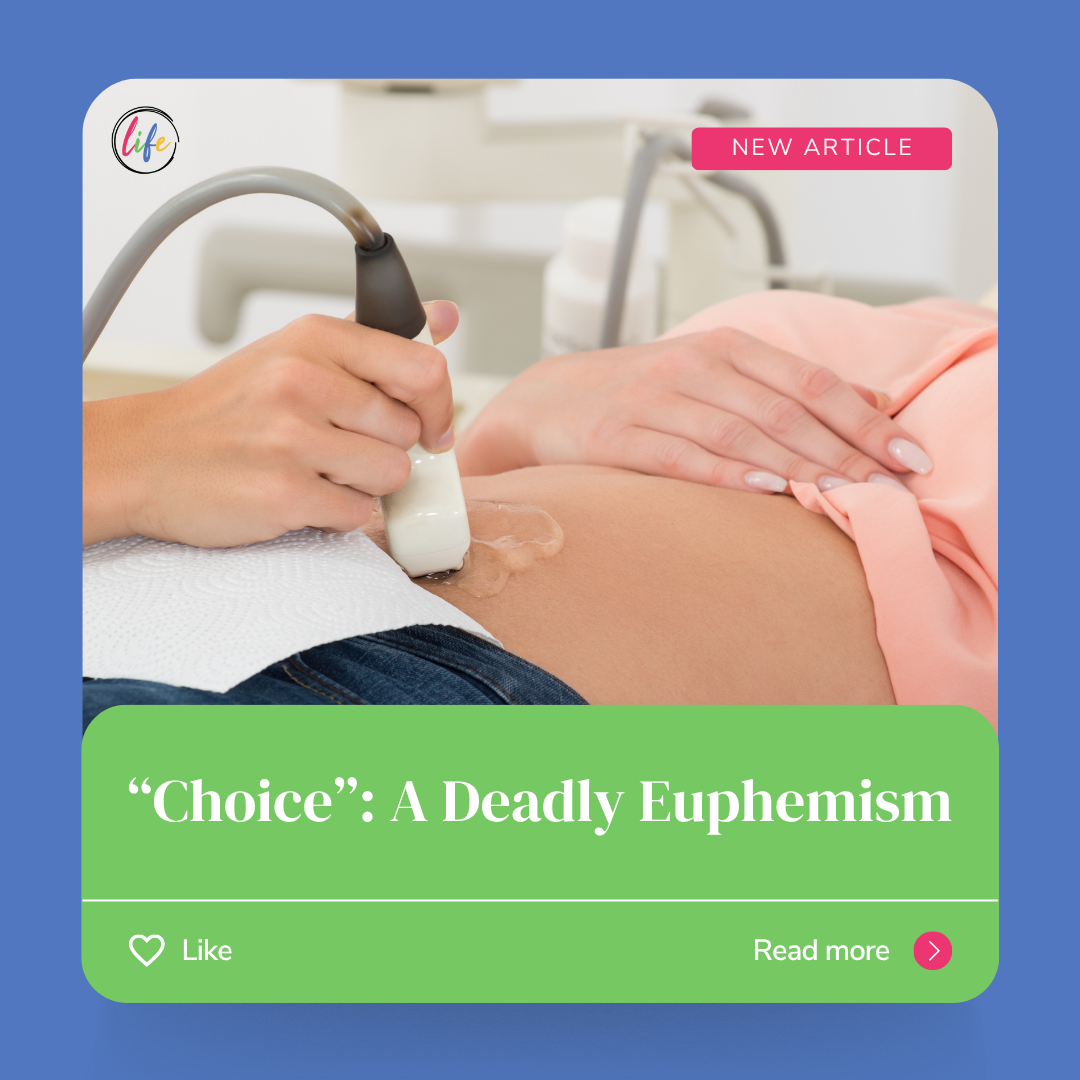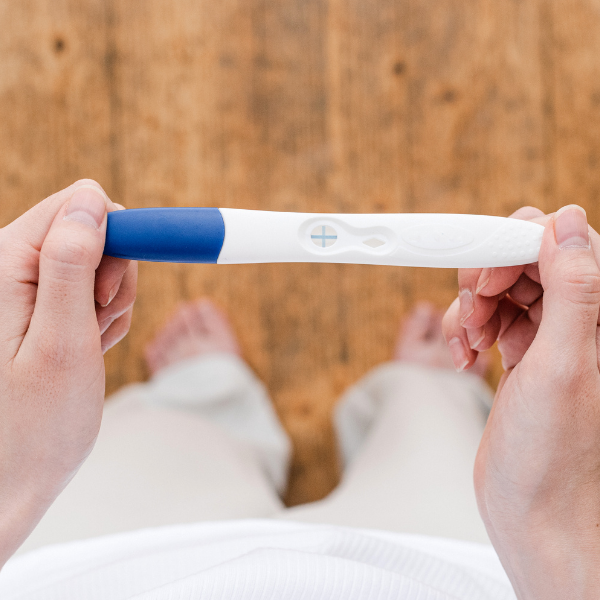
 The bodily autonomy argument states that a woman’s right to control her own body and choose what is “best” for her overrules the life of her unborn baby. “Choice” is used under the guise of empowerment but conceals a much more sinister reality. Let’s discuss the fallacy that is the bodily autonomy argument and how “choice” is used to romanticize abortion:
The bodily autonomy argument states that a woman’s right to control her own body and choose what is “best” for her overrules the life of her unborn baby. “Choice” is used under the guise of empowerment but conceals a much more sinister reality. Let’s discuss the fallacy that is the bodily autonomy argument and how “choice” is used to romanticize abortion:
Whose body are you controlling?
When a woman becomes pregnant, she is carrying a genetic human being. This new being possesses a 46-chromosome DNA chain identifying them as a new, separate individual. Though attached to their mother via the umbilical cord, through which they receive nourishment, this human being has their own separate body. So, in every pregnancy there are two bodies involved: the mother’s and the unborn baby’s.
When a woman decides she does not want to be pregnant and chooses to abort, she is removing her baby’s body from her womb through harmful means, resulting in the death of her baby. In choosing death for another human being, she is no longer exercising control of her own body but another’s.
Choice propaganda
Choice advocates promote abortion as empowering, as a way to eliminate the financial and emotional pressures that may come from being pregnant. Choice advocates tell women they have a say in whether another person resides in their bodies. These talking points can sound appealing. But this messaging has fine print that choice advocates hope you won’t read!
Choice advocates deliberately avoid specifying what “choice” entails, outside of the suggested benefits for women in crisis. By emphasizing bodily autonomy, they distract from the moral gravity of abortion. There are two people involved in every pregnancy and only one makes it out of an abortion alive.
Choice advocates also avoid discussing the harmful effects of abortion on women. Post-abortive women may experience complications such as damage to the womb or cervix, excessive bleeding, infection of the uterus or fallopian tubes, scarring of the uterus, sepsis or septic shock, uterine perforation, or even death.
Negative psychological outcomes are common as well. 60% of post-abortive women reported feeling coerced into terminating their pregnancies and later experienced a decline in their mental health and overall quality of life. The illusion of “choice” is shattered if the majority of post-abortive women felt pressured to abort.
The “choice” argument is also strategic in dehumanizing the unborn. By denying an unborn baby’s humanity and personhood, women are told they are no longer required to place moral consideration on the lives they’ve helped create. If those lives have no value, they can justify ending them.
Choices
It is a fundamental construct of society that our choices are limited by their impact on other human beings’ rights. There are a number of ways women can exercise control over their own bodies and lives that result in no harm to others.
Adult women have the choice of engaging or not engaging in sexual intercourse. They engage in intercourse with the knowledge that it could result in pregnancy.
If a woman becomes pregnant, the choices of parenting or relinquishing parental rights through adoption can both be great paths forward. Adoption respects the life of the baby while allowing the woman to avoid parental responsibilities. The choice to end an innocent human life is another matter. In no other context but abortion, do we grant the ability to one person to subjectively end the life of another innocent human being.
Responsibility for choices
The “choice” argument is an emotional appeal to personal freedom that ignores the foundational principle that with choice comes responsibility for the results of our choices. The vast majority of abortions result from consensual sex (only 1.5% are from rape and incest), which means “choice” enables women—and the men they procreate with—to dodge responsibility. “Choice” allows women and their partners to deny the moral duty of protecting the vulnerable lives they’ve created.
Finally, by referring to abortion as a “choice” or “option”, choice advocates create false neutrality. They insist that abortion carries the same moral weight that options like adoption and parenting do. However, abortion takes lives while adoption and parenting save them. As a society, we condemn assault and murder —so why would abortion be an exception to this rule?
Learn more about the various stages of fetal development (conception, first, second, and third trimester) and don’t forget to follow us on social media (Facebook, Instagram, and TikTok).